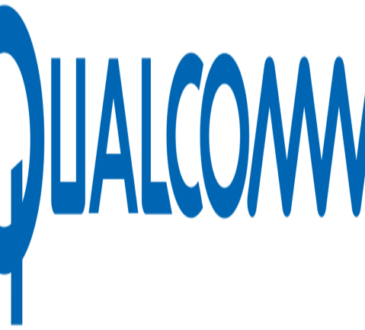
From ITU News
The launch of Honda’s first-ever partially self-driving car has thrust the future of automated driving back into the limelight.
For automakers and industry partners, frontier technologies offer new ways to make fully autonomous driving a foreseeable reality.
At the same time, shifting mobility trends and a preference for personal cars prompted by COVID-19 requires the industry to be resilient and gain consumer trust, advised President of the International Automobile Federation (FIA) and the UN Secretary General’s Special Envoy for Road Safety, Jean Todt at the 2021 virtual edition of the ITU-UNECE Symposium on the Future Networked Car.
Autonomous vehicles could meet growing demand for logistics and delivery services, Todt added, but warned that much work remains to meet the UN target to halve the number of road deaths and injuries by 2030.
Working together for safety
“Connected vehicles are far from reaching the communities that are most affected by road traffic crashes,” Todt added. “The infrastructure in many countries could not support autonomous driving anytime soon. The cost of the technology is still very high.”
Responsible for global vehicle regulations, the United Nations Economic Commission for Europe (UNECE) is now shaping regulations for automated vehicles.
Honda’s new sedan complies with the new UN Regulation 157 (Automated Lane Keeping Systems), which covers highly automated driving up to 60 kph on motorways.
The car is at Level 3 on the SAE International scale, which defines six levels of vehicle automation depending on the amount of attention required from a human driver. In levels 0—2, humans drive and monitor the traffic environment, whereas automated systems take over these functions in levels 3—5.
Machine learning to the finish line
From the automakers’ perspective, advances in machine learning and computer vision offer hope for scalable progress. “Machine learning and deep learning have dramatically transformed our ability in perception, prediction and planning – the three key technology areas for automated driving performance,” said CEO and Representative Director at Woven Planet Holdings, James Kuffner formed by the Toyota Research Institute.
Traffic perception and prediction systems rely on sensors, cameras, radar and light detection and ranging (lidar) all working in combination.
” We can also compute high-resolution maps and do simultaneous localization to understand where we are relative to those high-definition maps,” Kuffner added. “From that you can get very good semantics as well as geometry combining the strengths of the different sensing modalities.”
High-quality, diverse data is essential. “Even millions of miles of driving on an abandoned highway in Arizona is not going to provide enough data for me to drive reliably in Manhattan or Mumbai or London.”
Woven Planet intends to use cloud-based simulations with thousands of scenarios to validate its software and work towards safe, comfortable driving that consumers can trust.
Data centres on wheels
Bringing automated cars to roads also requires support from the wireless industry. “5G and mobile-edge computing (MEC) are the foundation blocks for connected and autonomous vehicles,” said Jyoti Sharma, responsible for technical strategy on connected and autonomous vehicles at Verizon.Automated vehicles generate terabytes of data. But these “data centres on wheels” must offload to the cloud to train AI/ML models. 5G networks can offer higher speeds and throughputs for connected devices, Sharma said.
“When you combine 5G with mobile edge computing, you are driving low-latency applications such as remote driving and service deployment that is a much faster, reliable operation, as well as end-to-end latency on the order of single-digit milliseconds.”
5G can also augment positioning and location services. “When you have to share your data with the road environment, a network must reliably connect the vehicle not only to itself but to the surroundings of the vehicle, whether it’s road infrastructure, the traffic lights or downloads of HD maps,” Sharma said.
Sometimes, when an automated system cannot cope with a real-time situation, teleoperations – meaning remote monitoring, guidance and driving – can help, said CEO of Designated Driver, Manuela Papadopol. Her company’s remote operators monitor fleet performance and provide assistance and waypoints. When an autonomous driving system is unable to respond to a situation, the remote operator takes control and uses sensors, cameras and lidar to manoeuvre the vehicle.







